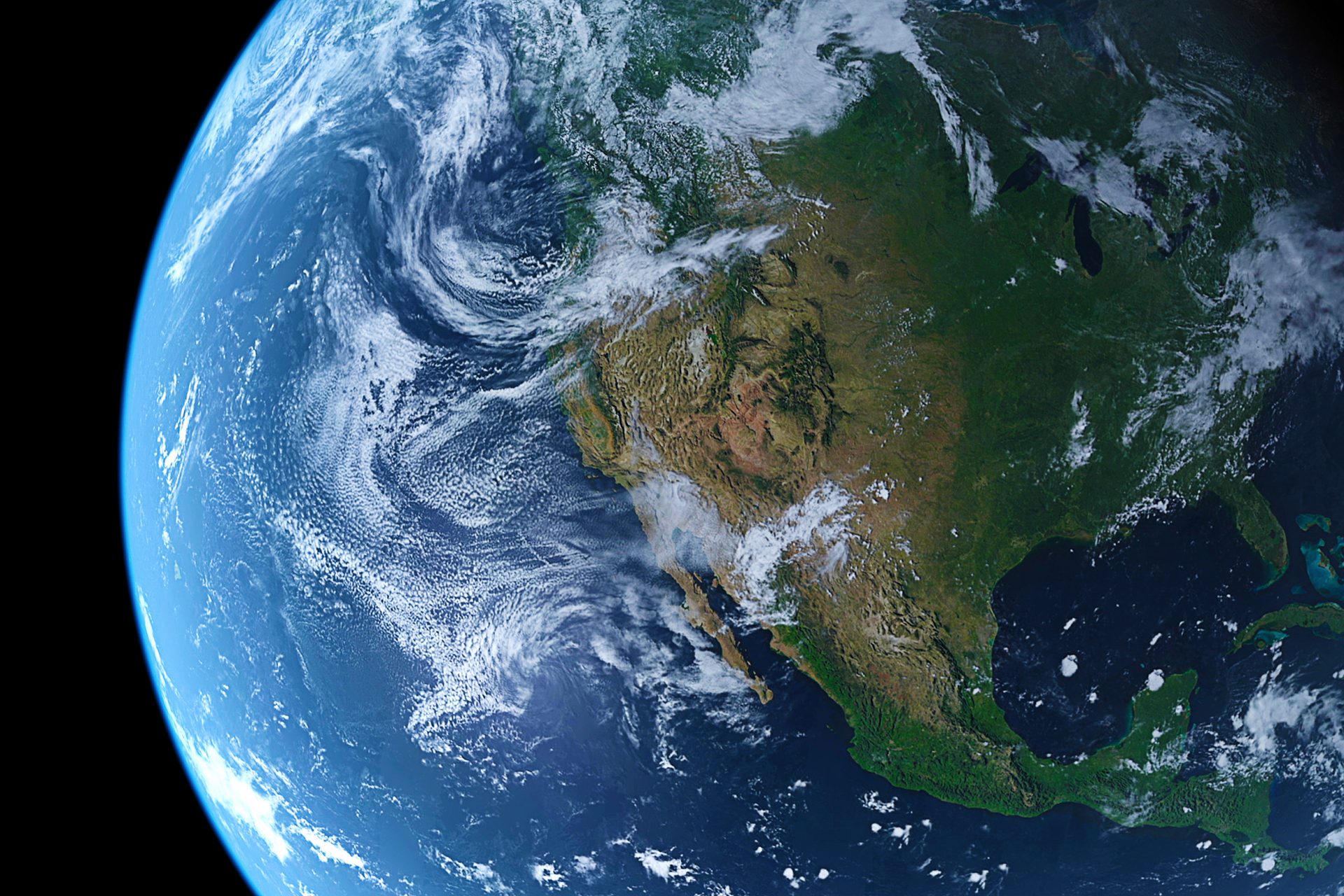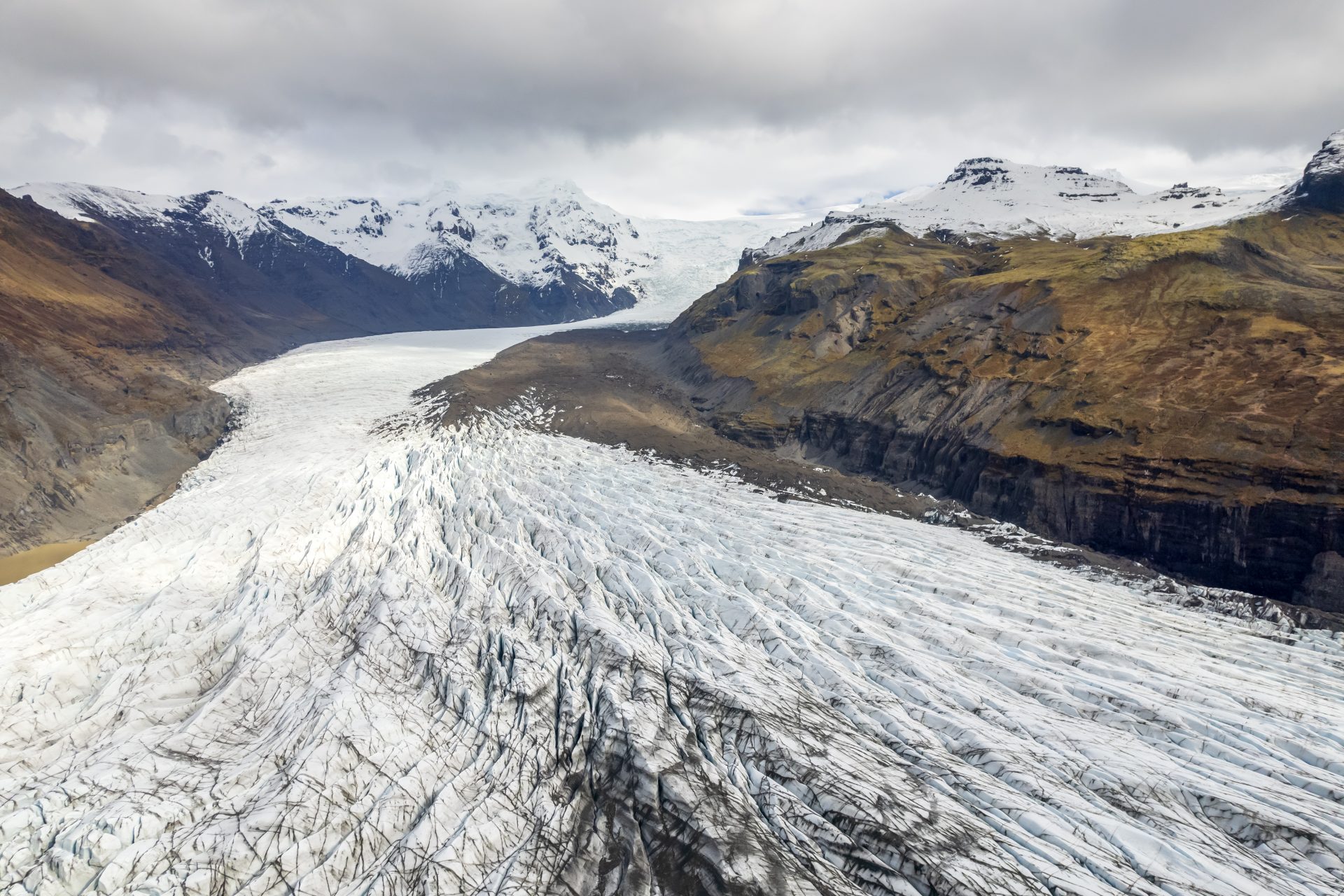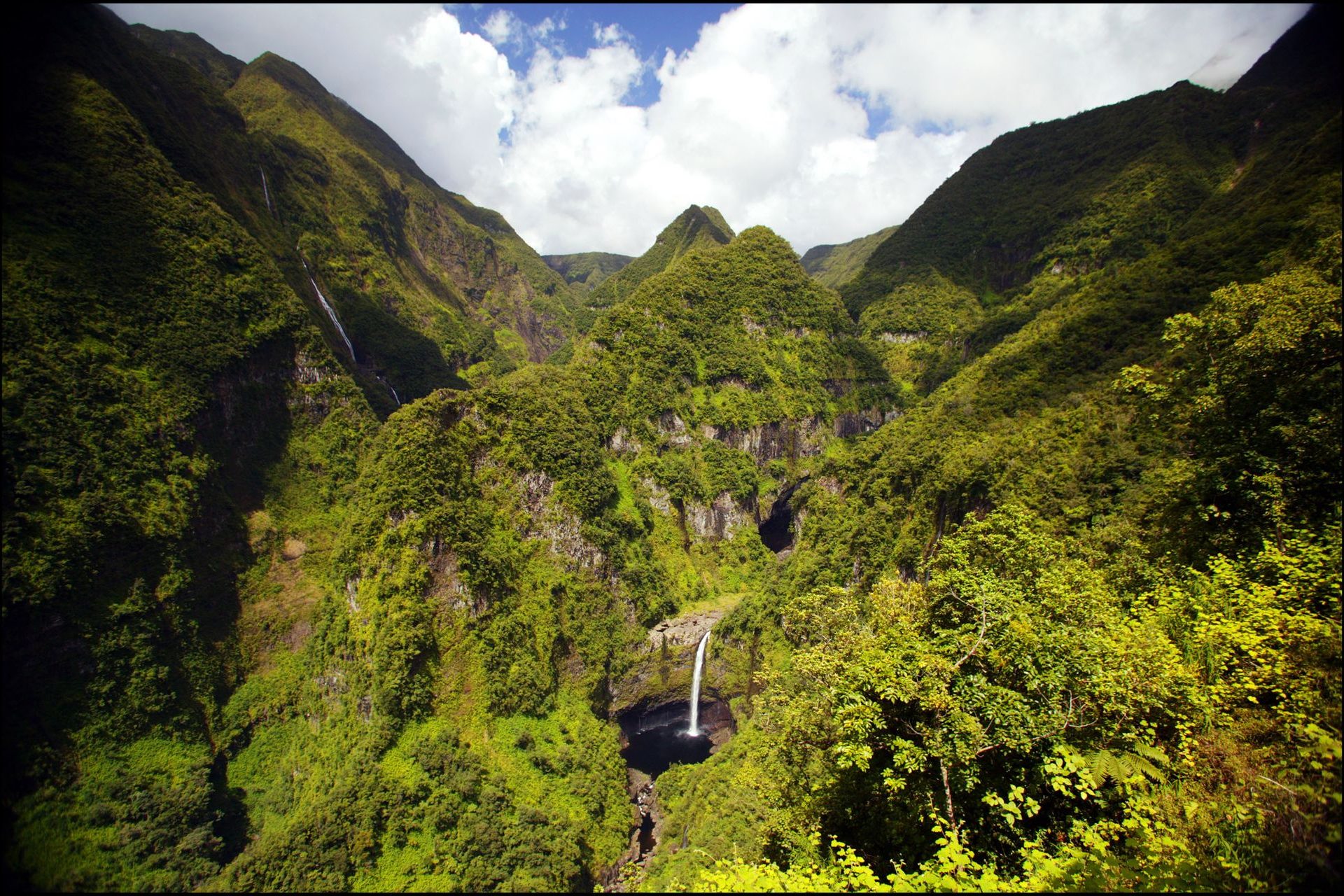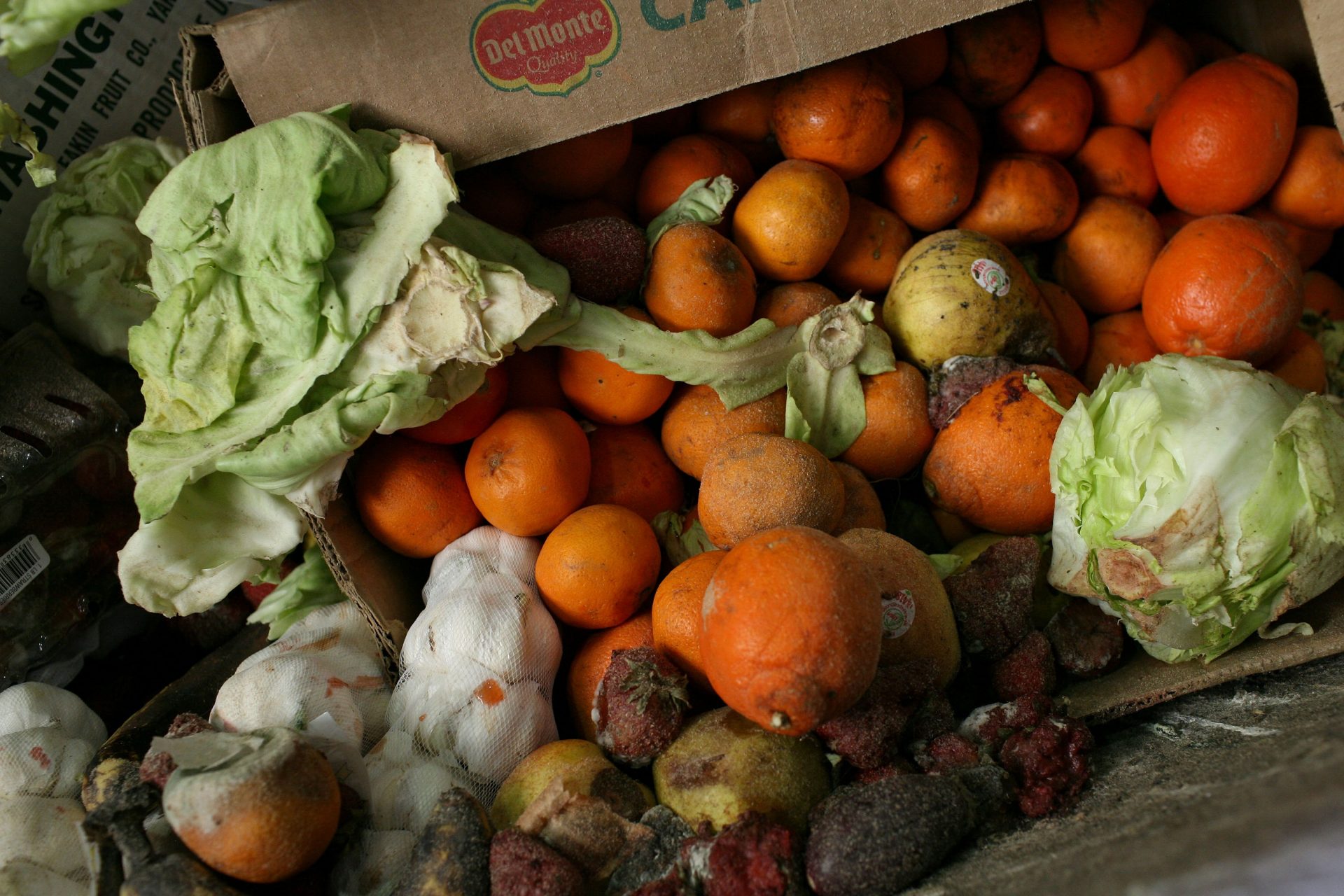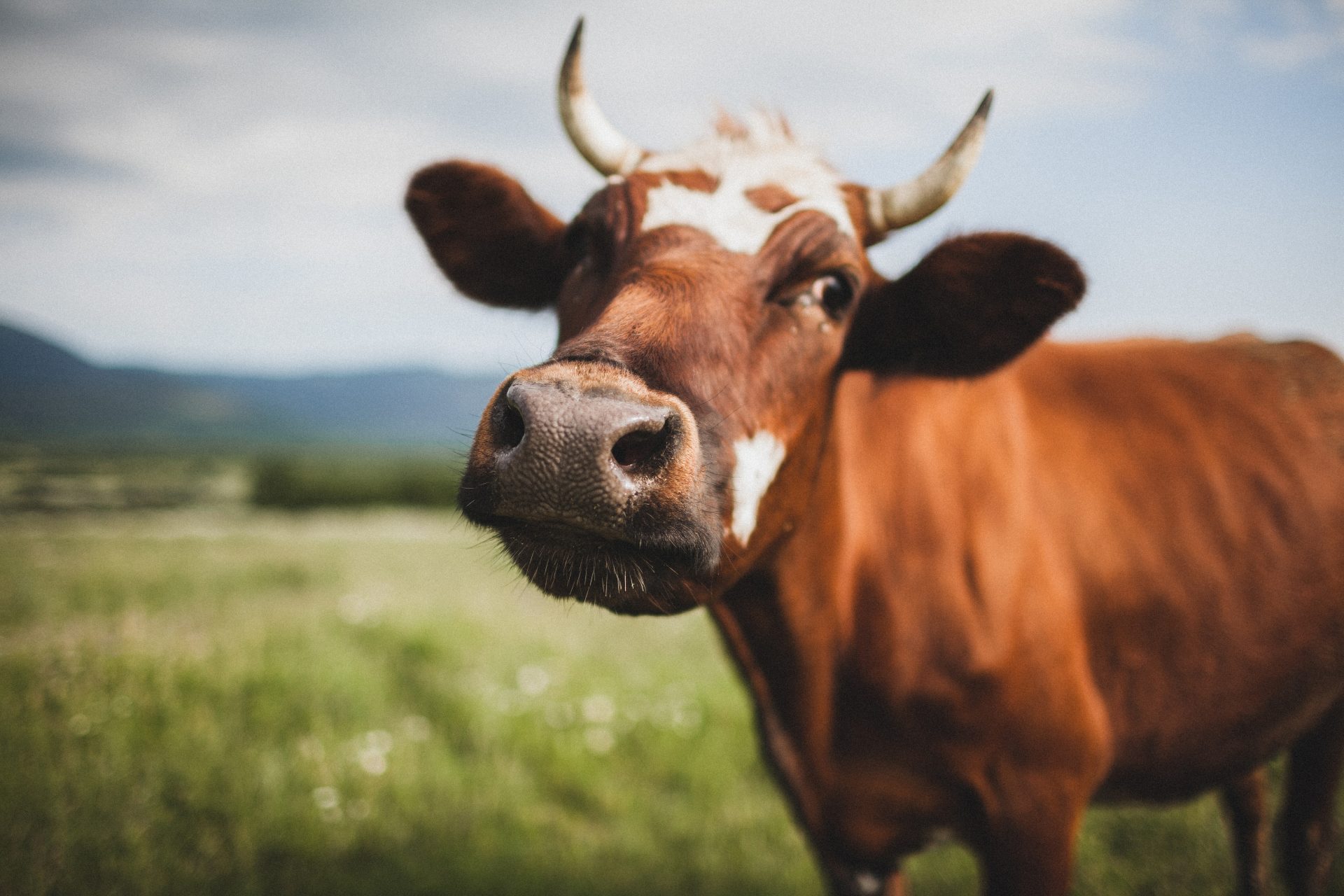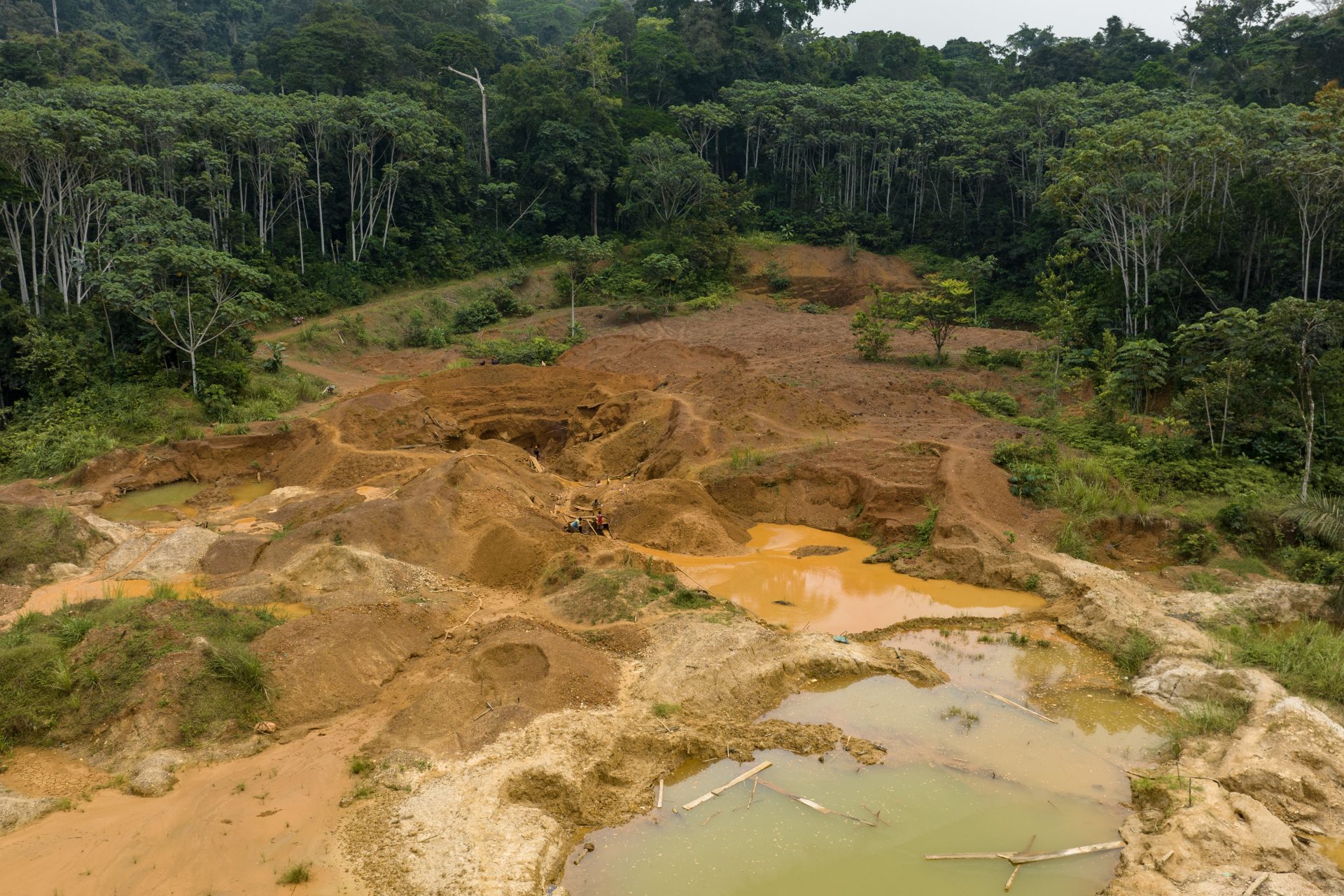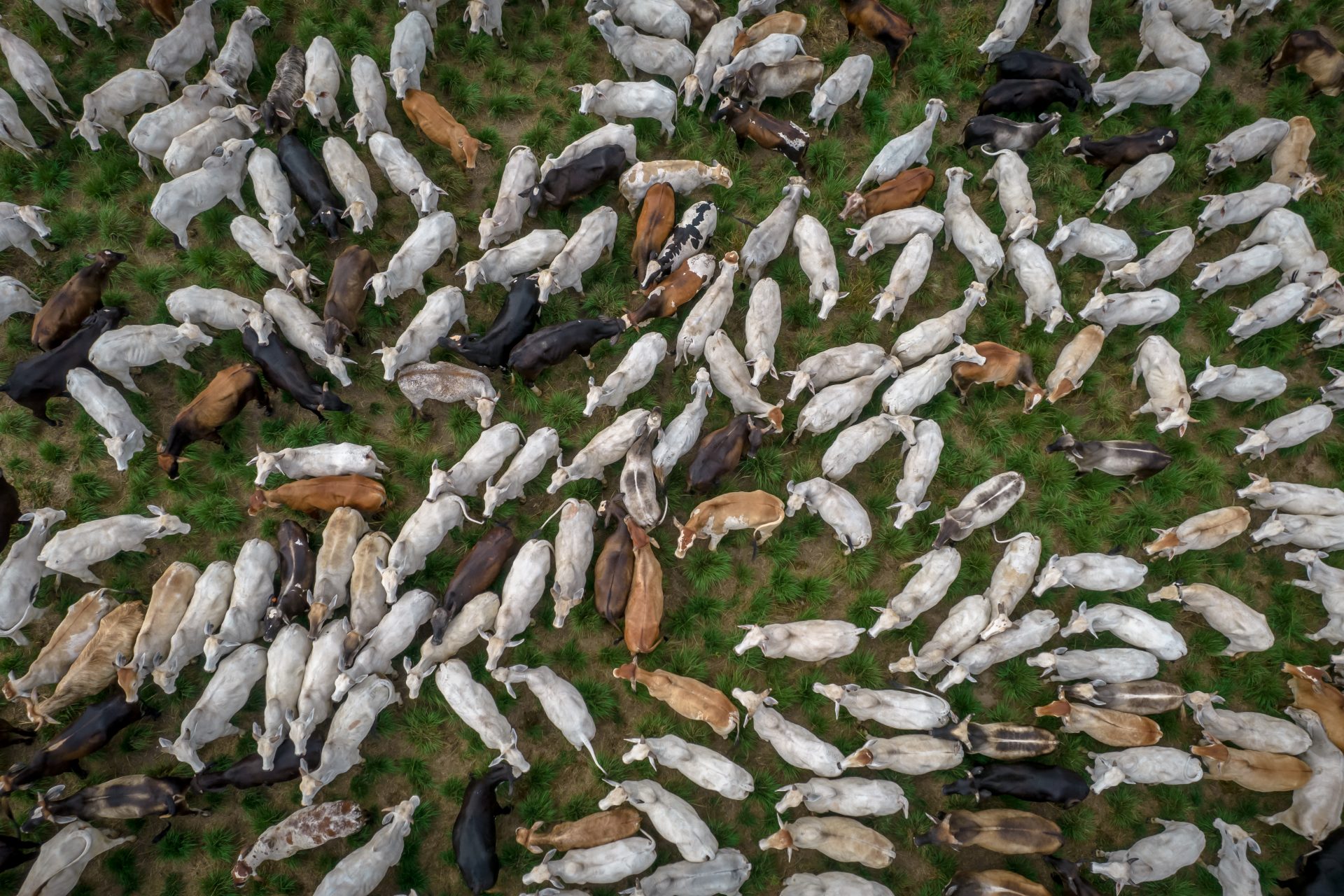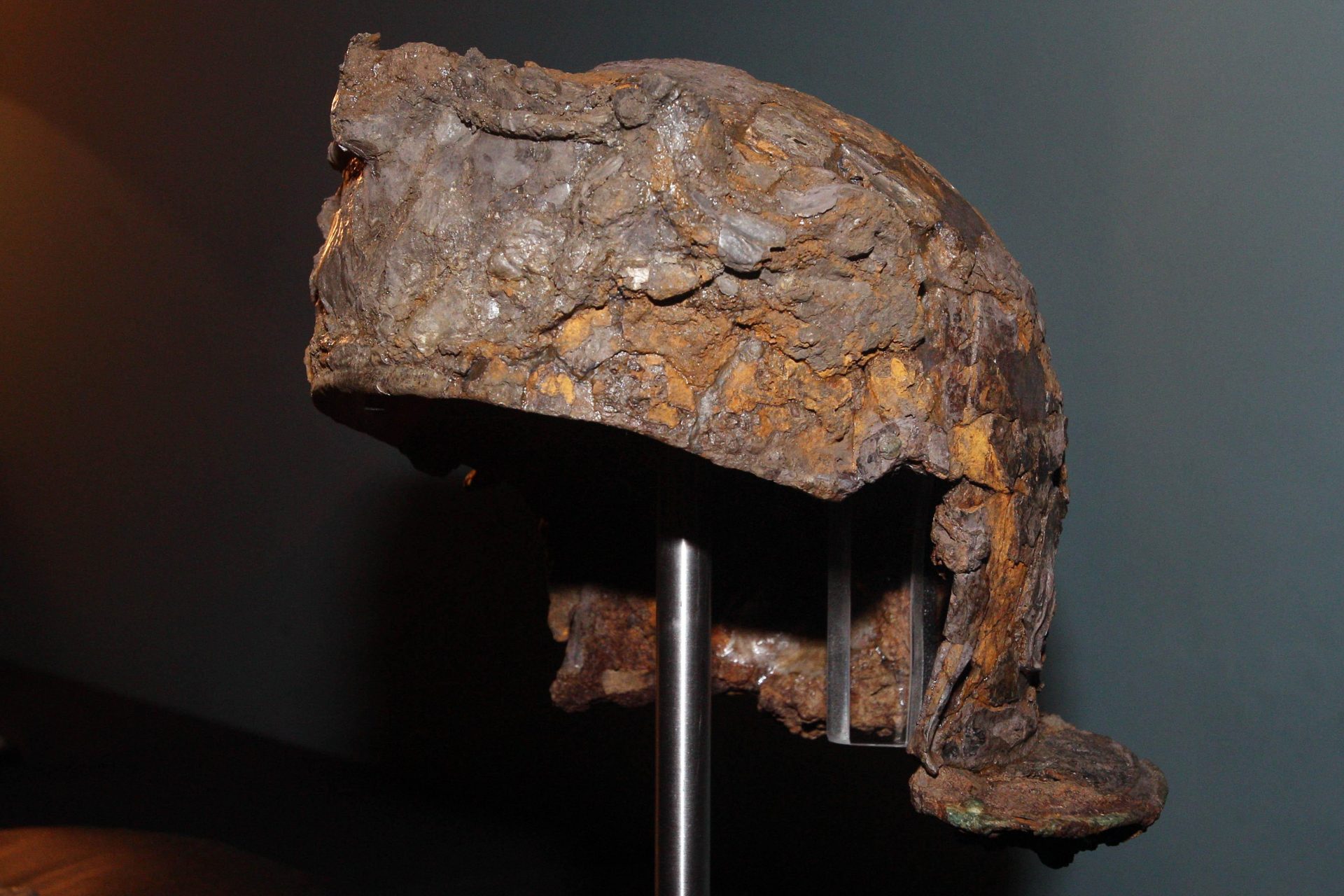Earth by the numbers: how is the planet's land divided up?
Have you ever looked at a snapshot of the Earth and wondered exactly what was going on? Well, Our World in Data has offered a numerical breakdown of just how the planet is divided up and being used by humanity.
Yes, it’s called the blue planet for a reason. Of the entire Earth’s surface, 71% (or 369 million km2/142 square miles) is ocean. Therefore, the remaining 29% of it is land. Let's zoom into that.
Photo: Unsplash/Todd Turner
Look at the land surface, glaciers make up 10% of our limited land, while another 14% is considered barren. That means it is occupied by deserts, salt flats, beaches, or dunes.
So, just looking at the land mass, which is less than 1/3d of the entire planet, 76% of it is considered habitable. As our World in Data Editor Hannah Ritchie explained on a New York Times podcast: "It’s basically taking away the ice and the kind of barren land that you literally couldn’t use for anything else, and other species couldn’t really use for anything else.” So let’s see what this valuable space consists of.
Image: Sunira Moses/Unsplash
While humans have made their imprint on most of the Earth, slightly more than half of the habitable land has not been exactly engineered by us. Indeed, 38% of the land is made up of forest, 13% is shrubland and 3% of it is water bodies like rivers and lakes.
Of the habitable land, this is the biggest single chunk... and also fully controlled by humans. So let’s zoom into agriculture to see how it breaks down!
That’s right, humans are using the earth to produce 5,000 calories per person per day — more than double what the average person needs to eat each day, Ritchie told the New York Times. When multipled by 7 billion people, it seems like a lot of waste. What is going on here?
As Ritchie explains, those 5,000 calories produced by agricultural land do not end up directly on people’s plates. And there are two big reasons why…
According to Our World in Data, the vast majority of agricultural land is used to provide food for animals. Around 75% of it is used for grazing animals — primarily cattle, but also sheep and some goats. A further 5% is used for growing crops for animal feed.
As Ritchie pointed out, the concern isn't just that grazing animals use up so much of the planet’s land, it's that they are also the driving cause of deforestation globally. In the past, this deforestation happened in temperate countries in Europe or the US to make way for animals. Today, nearly all of it has shifted to the tropics like the Amazon rainforest.
On the flip side, the minority of agricultural land is used to grow food that humans will consume — this ranges from oils to vegetables to grains.
While animals use up the vast majority of agricultural land, they only supply 17% of the total calories ingested by humans. Meanwhile, plant-based foods provide 83% of our calories. What about protein? Well, Our World in Data found that 38% of protein comes from meat and dairy while 63% still comes from other crops from soy to legumes to grains.
Non-food crops are the second-biggest calorie “loss” in terms of agricultural land use. The most important is growing crops for biofuel… mainly corn to be used in ethanol production, which is used for road transport. But it also includes growing cotton for clothing or other textile fabrics, for example.
Image: Tom Fisk pexels-tom-fisk-
While there is much debate on the land use of solar energy, Ritchie provides some excellent context. “If you were to put solar panels in the U.S. on all of the land that’s currently used to produce biofuels, you could power the U.S. three times over,” Ritchie told the New York Times. “You would be able to easily decarbonize the U.S. and meet its energy requirements.”
In terms of all of Earth’s habitable land, urban and built-up land take up a measly 1%!! That includes cities and infrastructure. “Ultimately, the land footprint of humans is very much what we eat,” Ritchie told the New York Times.
Our World in Data explains that these statistics show the importance of improving the efficiency of agricultural land to boost biodiversity. How could this be done? Well, they suggest that societies could incorporate more plant-based foods since it’s most efficient; move away from biofuels to free up land; and improve the productivity of land use, whether more efficient grazing practices or increasing crop yields with more technology so we can produce more food with less land.
More for you
Top Stories



